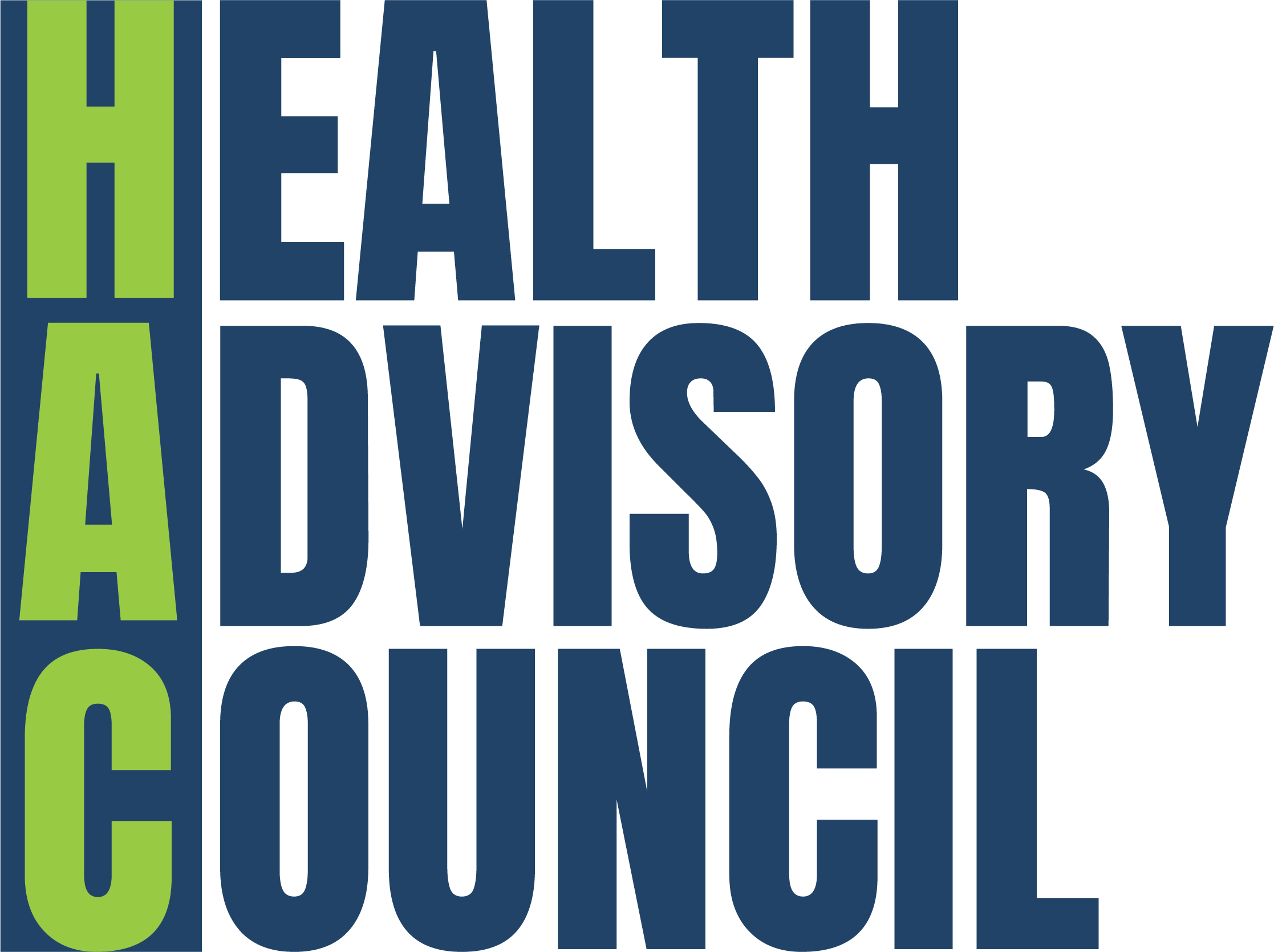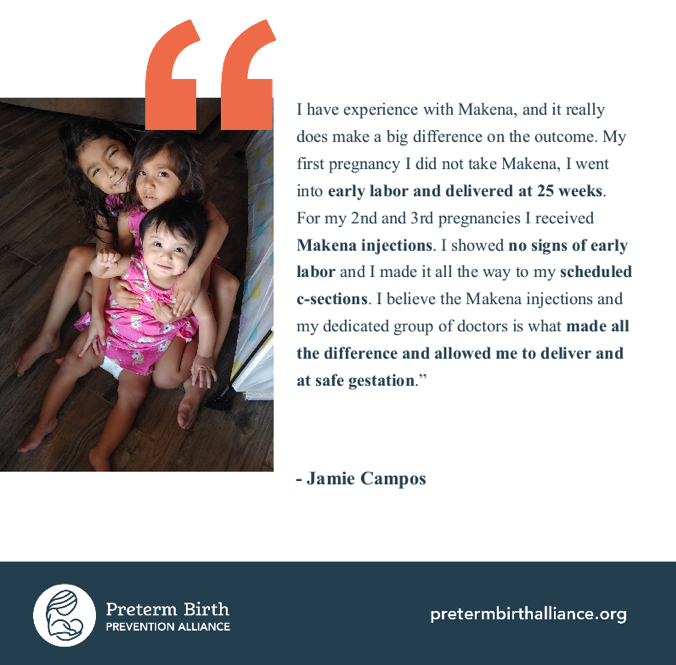July 20, 2022
Media contact: National Consumers League – Katie Brown, katie@nclnet.org, (202) 207-2832
Washington, DC – At a time of significant change in the food industry, the National Consumers League (NCL) today released a food policy agenda to improve food safety, reduce sodium in the diet, achieve better portion control, increase transparency in food and beverage labeling, and promote a more sustainable food system. Additionally, NCL is calling for a national strategy to ensure there will be an ample supply of safe infant formula products in the US along with aggressive regulatory oversight.
“Currently, over 335 million people live in the US, and all are consumers who deserve to be represented in the regulation of the foods and beverages they consume and serve to their families,” said Sally Greenberg, NCL’s Executive Director. “Especially now when technology is changing food production, food safety protocols, and the composition of novel and reformulated foods and beverages, NCL will speak for consumers on strengthening the food safety system, filling the gaps in food labeling, alleviating food insecurity, and reducing food waste.”
Addressing serious food safety lapses and areas where regulation has not caught up to changes in food production, manufacturing, and market trends, NCL’s agenda concentrates on 11 priorities where education and changes in public policy will have a direct and positive impact on the American public:
1. Strengthen the Food Safety System
As the Food and Drug Administration (FDA) moves forward with its New Era of Smarter Food Safety Blueprint, NCL will press FDA to finalize its Food Traceability Proposed Rule, enabling rapid traceback to the source of a contaminated food. Similarly, NCL will stress the need for the U.S. Department of Agriculture (USDA) to modernize poultry safety rules and update food safety rules, such as expanded pathogen testing in meat and poultry products and updated safe handling instructions label for these products.
2. Ensure the Safety and Availability of Infant Formula
The critical shortage of infant formula in the U.S. requires a national strategy to ensure there will be an ample supply of safe infant formula products in the US along with aggressive regulatory oversight of the safety protocols at U.S. manufacturing facilities. NCL will also advocate for policies that increase the number of companies manufacturing infant formula, and changes in the Special Supplemental Nutrition Program for Women, Infants, and Children (WIC) program that allow for more flexibility in the range of infant formula products available through WIC.
3. Make Alcohol Facts Labeling Mandatory
Since 2003, NCL and the Center for Science in the Public Interest have taken the lead in pressing the federal agency that regulates most alcoholic beverages – the Treasury Department’s Bureau of Alcohol and Tobacco Tax and Trade Bureau (TTB) – to issue rules requiring an easy-to-read, standardized “Alcohol Facts” label on all beer, wine and distilled spirits products. Because this
labeling now appears on hard ciders, wine coolers, certain beers and other products regulated by the FDA, NCL, CSPI and the public health community are stepping up the fight to make mandatory alcohol labeling a reality.
4. Reduce Excess Sodium in the Diet
Because Americans on average consume 50 percent more sodium per day than is recommended, NCL will continue to raise awareness of the goal set by FDA to lower sodium intake to 2,300 milligrams (mg) per day and encourage consumers to use the Nutrition Facts label to choose products with less sodium, reduced sodium or no sodium added.
5. Require Labeling of Caffeine Content
While FDA considers 400 mg of caffeine per day as the amount not generally associated with dangerous side effects, the agency only requires food labels to disclose whether there is added caffeine in the food or beverage, not the total amount. Therefore, NCL is calling for new policy requiring all products containing caffeine to list the amount of caffeine per serving and per container.
6. Ensure Transparency in the Labeling of Plant-Based Meat Alternatives
In June 2022, NCL released a new report, Education and Transparency in Labeling Plant-Based Meat Alternatives: A Consumer-Focused Agenda to Improve Understanding and Decision-Making of Plant-Based Meats, which lays out seven priorities for regulatory action, including the requirement that labels on PBMAs are standardized and clarify the protein source and that nutrition/health claims for these products undergo FDA review and are supported by available scientific evidence.
7. Improve the Labeling of Alternative Sweeteners
Although NCL applauds FDA’s decision to include “Added Sugars” on the recently updated Nutrition Facts Label, the organization supports a Citizen Petition to ensure transparent labeling of substitute sweeteners and is urging FDA to stop misleading claims, such as “No Added Sugars” and “Zero Sugar,” that imply the product is healthier than the original without disclosing that the sugar reduction resulted from reformulating with artificial substances and sugar alcohols.
8. Modernize Food Standards of Identity
Because many “standards of identity” – recipes for what a food product must contain and how it is manufactured – are now 75 and even 80 years old and out of date, NCL supports FDA’s action plan to modernize food standards of identity. However, NCL urges FDA to focus on several food products where updating SOIs will lead to healthier offerings, such as olive oil, Greek yogurt, and canned tuna.
9. Improve Federal Nutrition Education and Food Labeling Policies by Elevating the Role of Portion Control and Balanced Food Choices, Revising the Definition of “Healthy,” and Developing Uniform Front of Pack Nutrition Rating Symbols
NCL is implementing a three-phased strategy to improve nutrition education and food labeling policies, which entails: 1) education and advocacy that emphasizes portion control and ensures consumers know the recommended daily intake of calories is 2,000 per day, 2) furthering FDA’s efforts to define the term “heathy” on food labels by addressing if and how added sugar content is calculated; and 3) encouraging FDA to adopt a “Traffic Light” labeling system to depict “healthy” foods on the front of the package.
10. Increase Funding and Access to Federal Nutrition Programs
NCL’s advocacy to enhance the Supplemental Nutrition Assistant Program (SNAP) during the COVID-19 pandemic helped to increase access to healthy food to people in need. Now, NCL is working with partners to broaden the public health impact of SNAP by reducing the eligibility requirements, strengthening the nutritional goal for SNAP and providing incentives for healthier foods sold in retail establishments.
11. Reduce the Amount of Food Waste
Because about 90 billion pounds of food goes uneaten every year in the US, NCL is working to help the nation meet the goal of reducing food waste by 50 percent by 2030. As such, we will continue working with USDA, FDA and the Environmental Protection Agency (EPA) to raise awareness of food loss and waste and inform consumers of how they can reduce food waste in their homes.
###
About the National Consumers League (NCL)
The National Consumers League, founded in 1899, is America’s pioneer consumer organization. Our mission is to protect and promote social and economic justice for consumers and workers in the United States and abroad. For more information, visit www.nclnet.org.

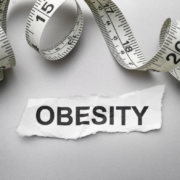


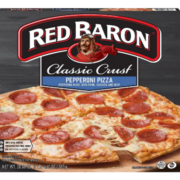
 By Ryan Barhoush, Food and Nutrition Program Associate
By Ryan Barhoush, Food and Nutrition Program Associate

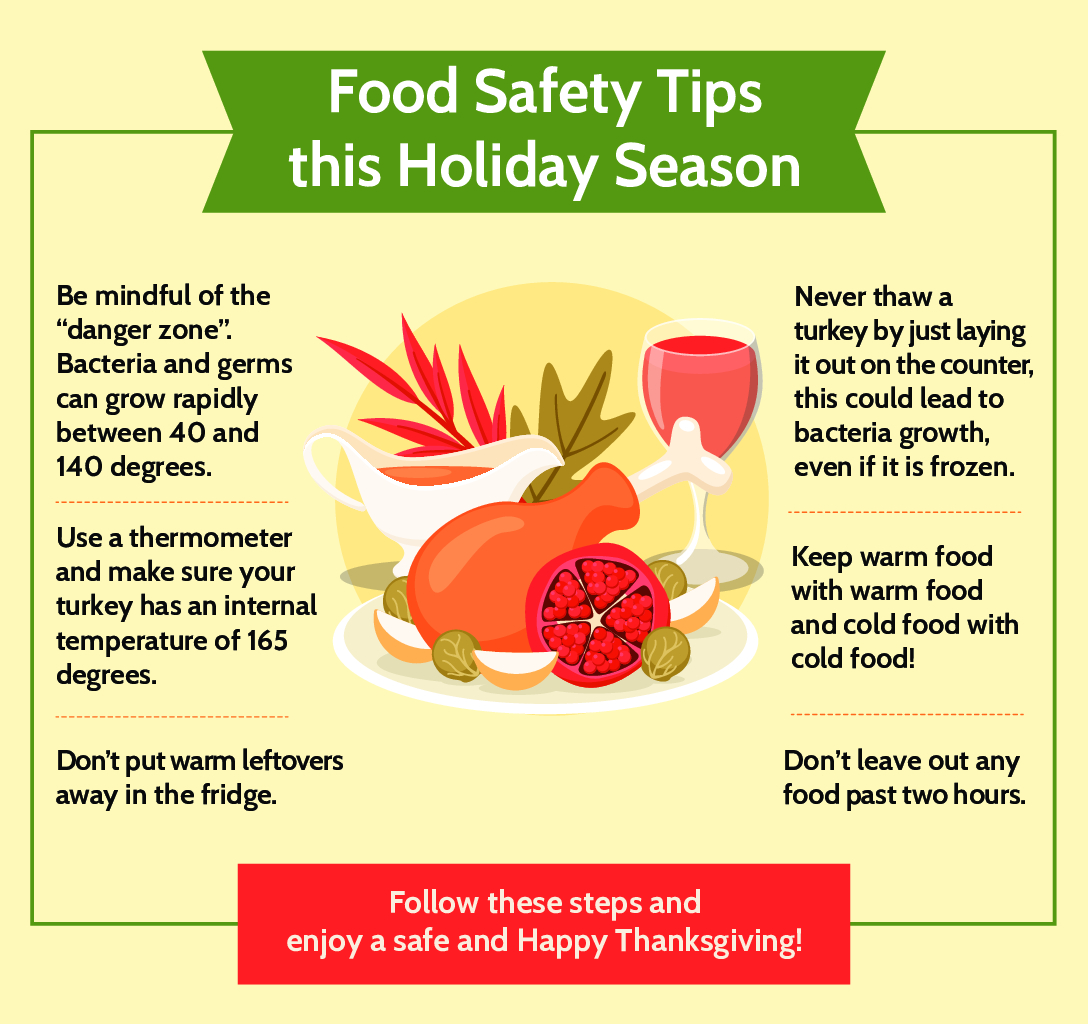



 By Nancy Glick, Director of Food and Nutrition Policy
By Nancy Glick, Director of Food and Nutrition Policy









